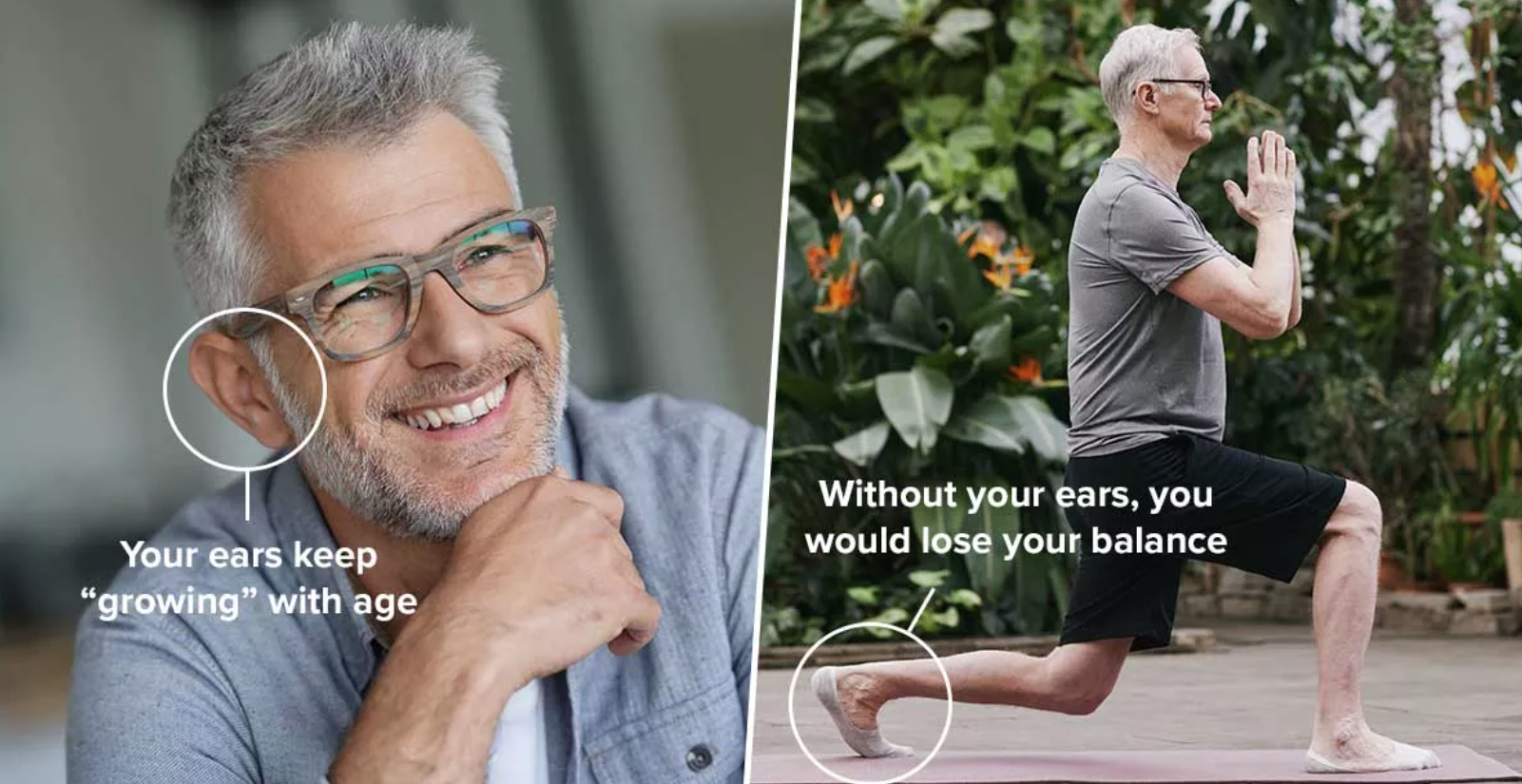Perhaps you’re wondering what they feel like. Or how much louder the world becomes. And what kinds of things you have to think about? Find out all about it here.
At first, it can be a bit strange to have hearing aids
The first time you put on your hearing aids, you get lots of new sounds. This takes a bit of getting used to because your brain is not used to them anymore.
It is just like when you try out anything new – such as new shoes or new clothes. You become very aware of them at first.
With new hearing aids, it is common to be surprised by how much you can hear your own breath and your own footsteps. These sounds can even sound like they are coming from someone else, or appear uncomfortably loud.
You quickly adjust to hearing with hearing aids
But don’t fear! These effects quickly pass. It is not like putting on new glasses. Then, the improvement is instant. With hearing aids, our brains have to re-adapt to having the sound restored. They have to re-learn how to hear again; things like what is important, what is noise, and how to tell the difference.
Once you have mastered this and learn to ‘tune out’ noise again, hearing with a hearing aid begins to feel completely normal again.
People don’t even notice you have hearing aids on
Often, people are concerned about how they will look with hearing aids on. They wonder what other people will think. In fact, people who are new to hearing aids are often interested in invisible hearing aids.
However, once people have had hearing aids fitted, they are often surprised by how few other people notice them – if anyone does at all. People often find that they tell friends about them before they notice – and sometimes find out their friends already have them too!
This is because almost all modern hearing aids are very sleek and discreet. The technology has transformed in the last decade, with digitalization and miniaturization allowing hearing aids to hide discreetly behind the ear or in the ear.
With hearing aids, you can hear more of the joys of life!
With hearing aids, lots of the wonderful sounds of the world return – which people often hadn’t noticed were gone.
Birdsong is a common one. The sweet little voices of children are another.
These are because hearing loss often impedes the ability to hear higher-pitched sounds.
Then there are the sounds that make life richer by giving it context: leaves blowing in the wind, waves crashing on the beach, rain falling on a roof.
All of the small sounds of life add up to make people who can hear well more present, feeling more in the moment, more alert, more aware.
Hearing aids help people to interact with other people as well, making conversations easier in person, on the phone, and in crowded places.
Very soon, you forget you have hearing aids on
After a few weeks with hearing aids, people tend to forget they are there at all – they simply become part of life.
It becomes routine to put them on in the morning and take them off at night. Just like brushing your teeth, it slips easily into your daily routine. It is just like we’ve all become used to having a mobile phone, which we plug in at night.
The rest of the time, people simply forget they are there at all. Hearing aids are lighter and smaller than glasses, clothes, and hats – and people wear them all the time while barely noticing their presence.
You remember you have hearing aids when …
- People put on their glasses and feel the stems make gentle contact with the hard hearing aid shell. It is no problem at all though – they’re designed to sit comfortably with glasses as well
- People get warm – like while playing sport – and they tear off their sweater. That’s when the passing garment can catch a hearing aid and take it off. It doesn’t matter of course – they’re tested to withstand pulling and falling to the floor from different heights
- You are getting a bleep in the ear when you need to change batteries. This can come as a bit of a surprise the first few times. The bleep indicates low batteries, giving you a few hours warning before you need to replace them
- You are going for a swim or taking a shower. Then it’s important to remember to take hearing aids off. However, most modern hearing aids are IP 68 certified, which means they can survive being submerged under 1.5 metres of water for up to 30 minutes. It is still best avoided though
Find out more from your nearest participating clinic here.





